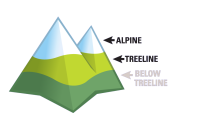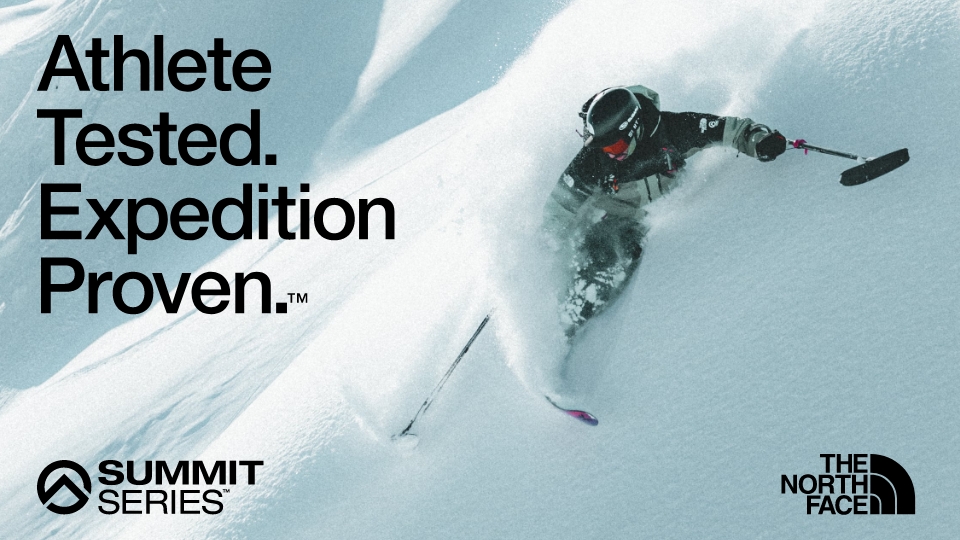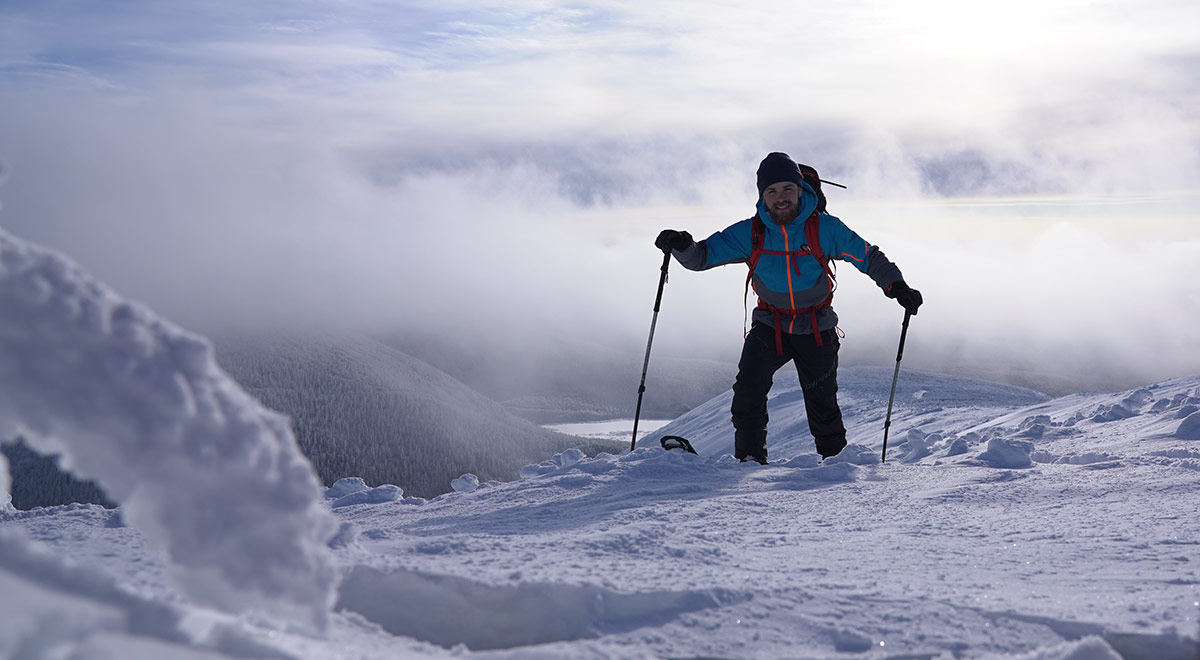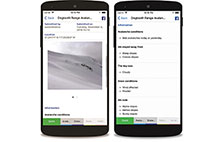Avalanche Forecast
The weather will be cold, dry, and windy for the weekend. Even though the avalanche danger is low, be on the lookout for blowing snow, as wind slabs that are forming are always more reactive.
Danger ratings
Saturday



| Alpine | 1 - Low |
| Treeline | 1 - Low |
| Below Treeline | Early Season |
Sunday
| Alpine | 1 - Low |
| Treeline | 1 - Low |
| Below Treeline | Early Season |
Monday
| Alpine | 1 - Low |
| Treeline | 1 - Low |
| Below Treeline | Early Season |
Terrain and Travel Advice
- Small avalanches can have serious consequences in extreme terrain. Carefully evaluate your line for slabs before you commit to it.
- Wind slabs are most reactive during their formation.
Problems
Avalanche problem 1 : Wind slab




Avalanche Summary
No avalanche activity was observed or reported.
If you head into the backcountry, thanks for sharing your observations on the Mountain Information Network (MIN).
Snowpack Summary
15 to 30 cm of light snow covers the refrozen crust from December 20. There is considerable spatial variability in areas affected by wind, ranging from bare rocky slopes to wind-blown snow accumulations.
Conditions remain typical for early season: there are numerous obstacles on the ground.
Weather Summary
Cold and windy conditions on the ridges for the weekend, with light northwesterly winds and gusts reaching extreme levels at times.
WEATHER FOR THE CHIC-CHOCS RIDGES AND SUMMITS
Friday evening and night: Mostly cloudy. Wind from the north at 6 to 12 mph. Low of -18.
Saturday: Mostly cloudy. Wind from the northwest at 6 to 12 mph, gusting to 25 mph. Low of -18.
Sunday: Alternating sun and clouds. Northwest wind 10 to 20 km/h with gusts up to 60 km/h. High -12.
Monday: Alternating sun and clouds. Northwest wind 10 to 20 km/h. High -7.
For more details, see the Chic-Chocs alpine weather forecast.
Confidence
Moderate
- Uncertainty is due to the speed, direction, or duration of the wind and its effect on the snowpack.
- Uncertainty is due to the limited number of field observations.
For backcountry rescue call 911 and tell them you are in the Chic-Chocs ![]()
EDUCATIONAL VIDEO
Do you know how to get the most out of the avalanche bulletin ? Our colleagues at Avalanche Canada will explain it to you !







